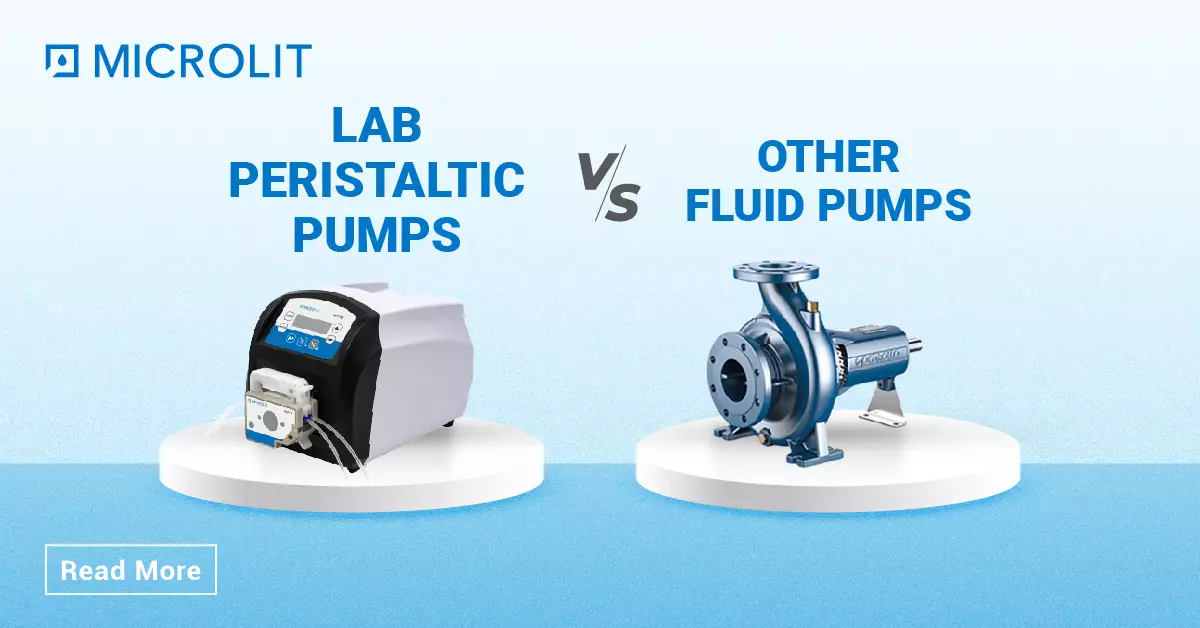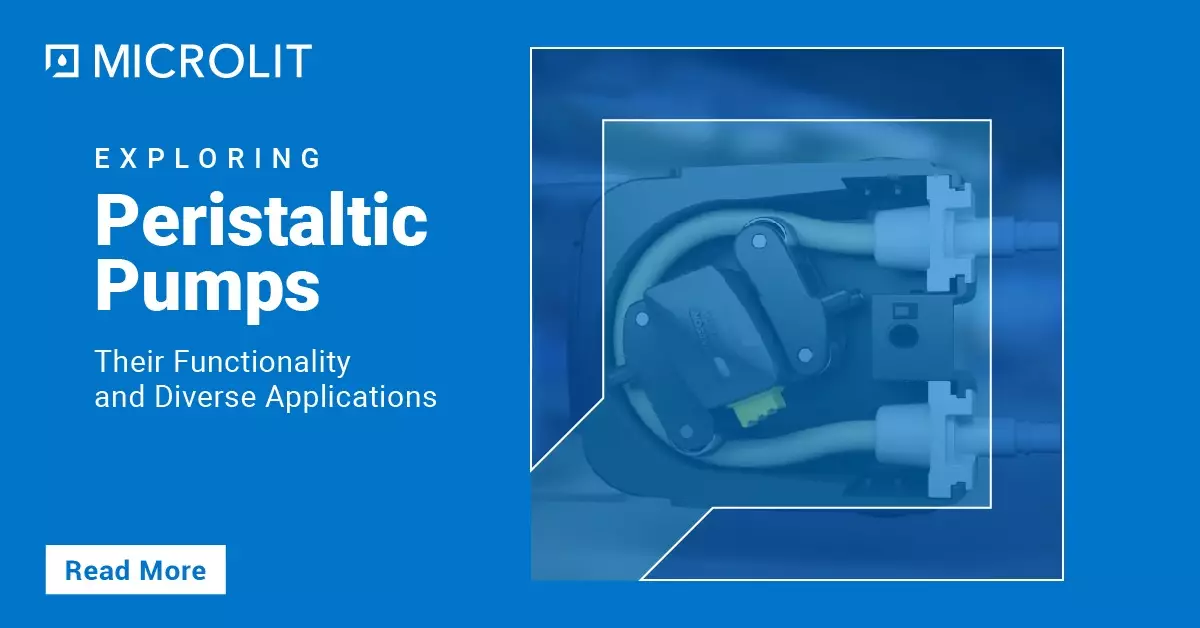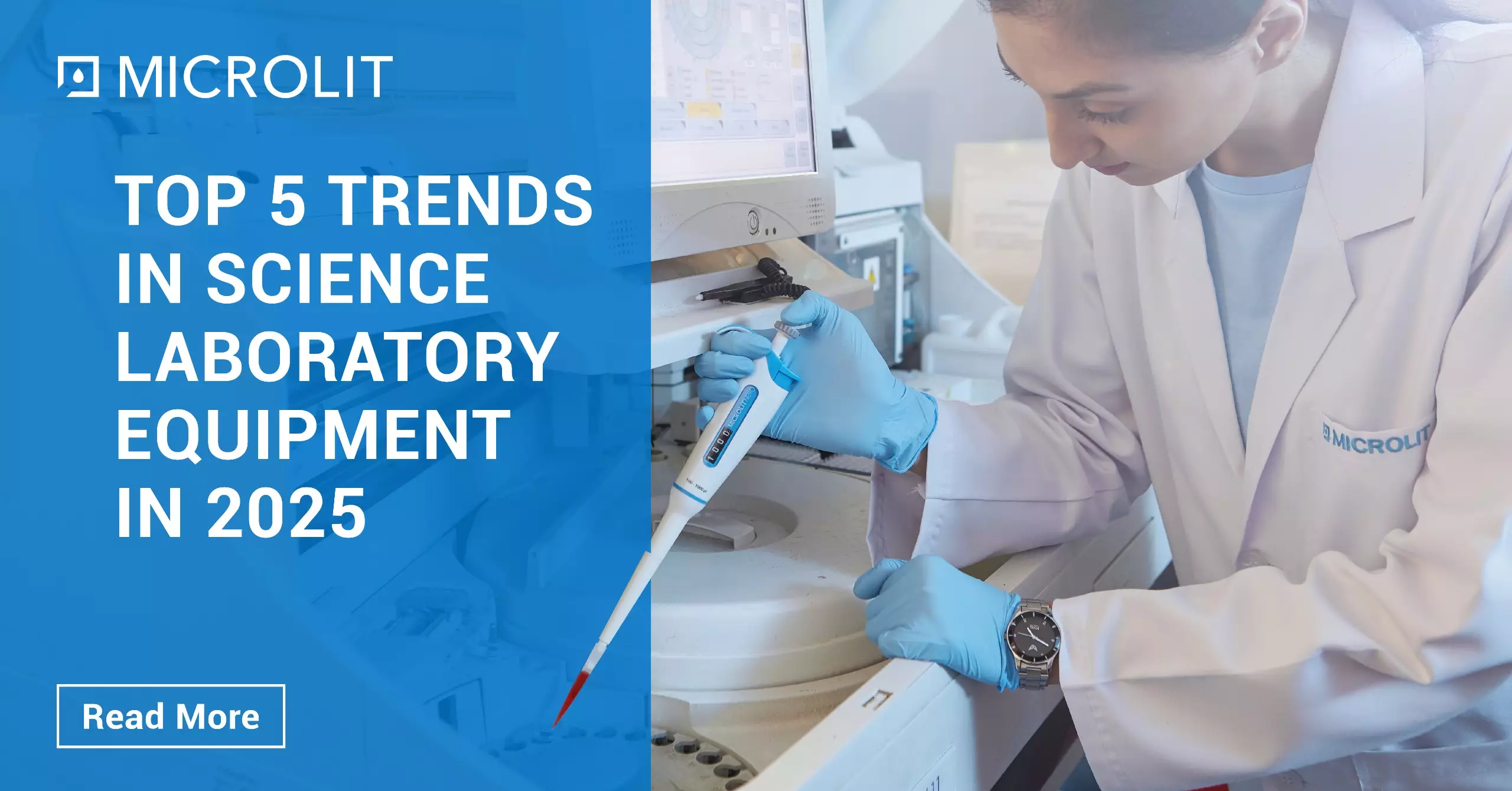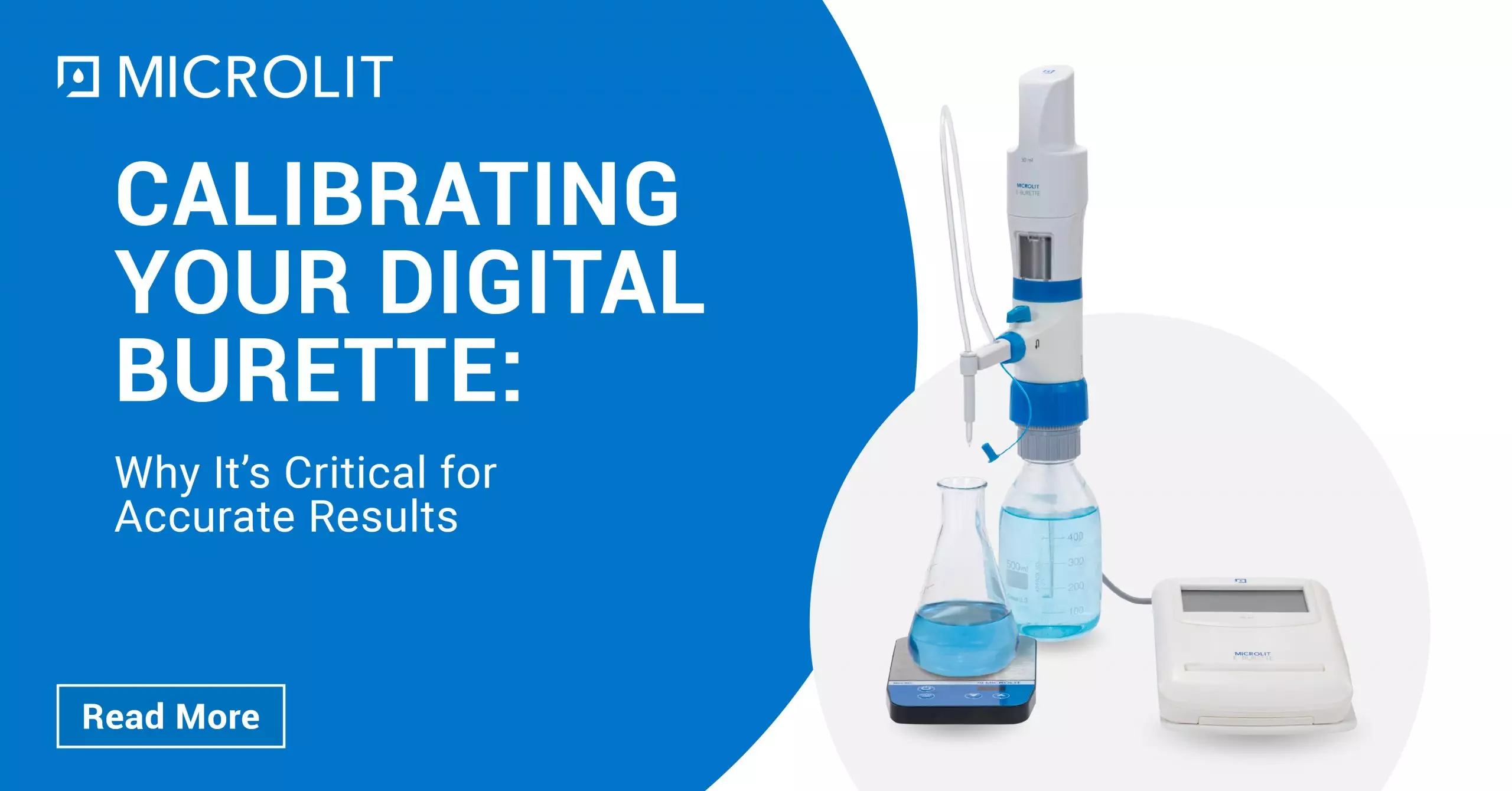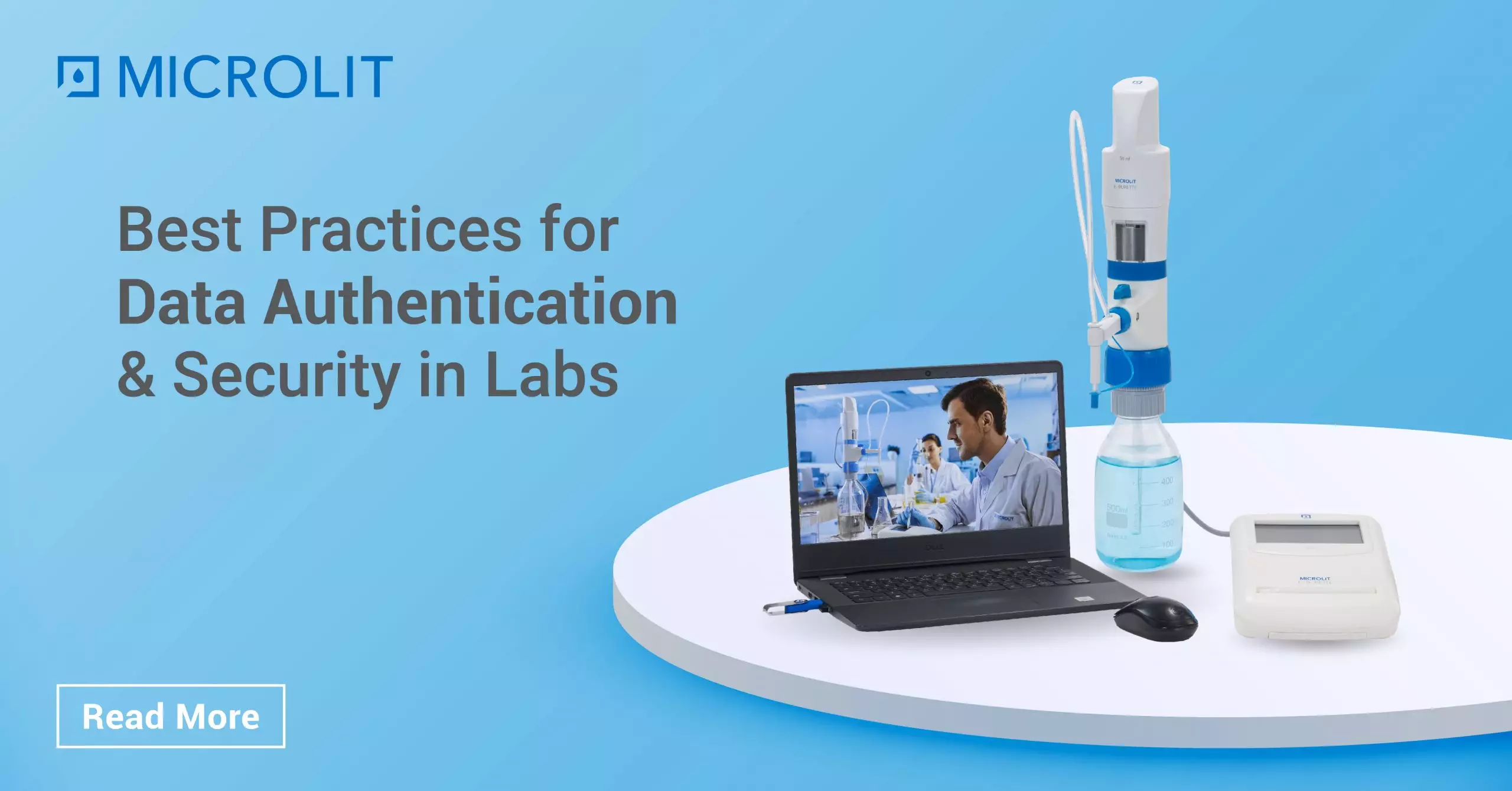Choosing the Perfect Pipette: Features and Specifications Every Lab Wants
- March 13, 2024
- ENQUIRE NOW
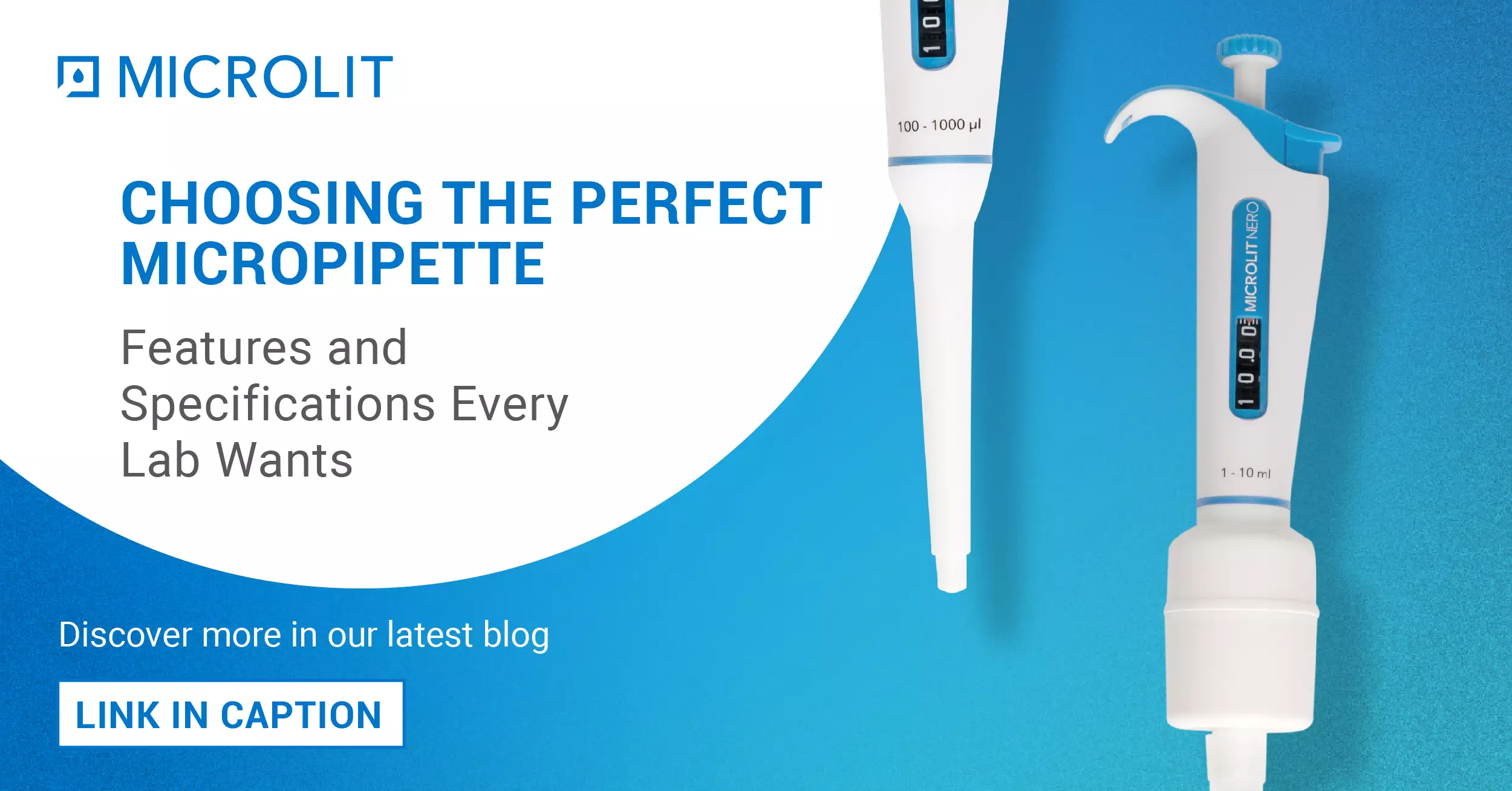
In the world of scientific research and experimentation, precision and accuracy holds significant importance. When it comes to handling small volumes of liquids, a reliable pipette is indispensable. Similarly, whether you’re working in molecular biology, biochemistry or any other laboratory setting, it is highly significant to select the right pipette as it impacts the quality of your results.
 Pipettes are indispensable tools in laboratories, facilitating precise and accurate measurement of liquids for various scientific experiments. A Pipette is a precise laboratory instrument used for accurately measuring and transferring small volumes of liquids. It consists of a piston, a tip and a volume adjustment mechanism. By adjusting the volume setting, users can dispense precise amounts of liquid, typically ranging from microliters (μL) to milliliters (mL).
Pipettes are indispensable tools in laboratories, facilitating precise and accurate measurement of liquids for various scientific experiments. A Pipette is a precise laboratory instrument used for accurately measuring and transferring small volumes of liquids. It consists of a piston, a tip and a volume adjustment mechanism. By adjusting the volume setting, users can dispense precise amounts of liquid, typically ranging from microliters (μL) to milliliters (mL).
Pipettes use in a laboratory has gained much importance in the last few decades for its precision and accuracy in laboratory work. In this guide, we’ll explore the essential features and specifications that every lab should consider while choosing the perfect Pipette.
When considering how to choose the right pipette, know that it’s a process that entails determining the necessary volume range for experiments. By carefully considering the aspects, researchers can select the ideal pipette to optimize liquid handling procedures, enhance efficiency, and ensure accurate and reproducible results in scientific experimentation.
Features & Specifications of Pipette
When you lay emphasis on choosing the right pipette, know that there are several factors that require meticulous evaluation. Furthermore, various categories of Pipette may align with the task and requirement for your laboratory work.
Here are some of the considerable specifications and features that you may go through for a better understanding of the product.
Volume Range and Accuracy
Pipettes typically come in a range of volumes, from microliters to milliliters. It’s crucial to select a pipette that can accommodate the volume range required for your experiments. Additionally, ensure that the pipette offers the level of accuracy needed for your specific applications. High-precision experiments demand pipettes with tighter tolerances to ensure reliable and reproducible results.
Ergonomic Design
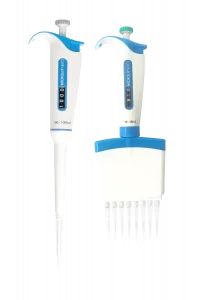 Comfort and ease of use are essential considerations when selecting a pipette. Researchers often spend long hours pipetting, making ergonomic design crucial for preventing fatigue and repetitive strain injuries. Its popular features would be: lightweight, comfortable grips and intuitive controls contribute to a better user experience. An ergonomic design not only improves user comfort but also reduces the risk of repetitive strain injuries, enhancing overall lab productivity.
Comfort and ease of use are essential considerations when selecting a pipette. Researchers often spend long hours pipetting, making ergonomic design crucial for preventing fatigue and repetitive strain injuries. Its popular features would be: lightweight, comfortable grips and intuitive controls contribute to a better user experience. An ergonomic design not only improves user comfort but also reduces the risk of repetitive strain injuries, enhancing overall lab productivity.
Versatility and Compatibility
Laboratories often deal with a wide range of samples, each with its unique characteristics. Choose a pipette that offers versatility and compatibility with various sample types, viscosities and solvents. Adjustable volume settings and interchangeable tip options allow for seamless transitions between different experiments and sample types.
Durability and Reliability
It’s important to look for pipettes constructed from durable materials such as high-quality plastics or stainless steel so that they can withstand the rigors of daily laboratory use without compromising performance. Robust construction ensures longevity and minimizes the need for frequent calibration or replacement.
Calibration and Accuracy Verification
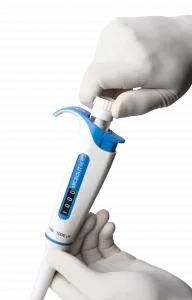 One of the most critical factors in choosing a pipette is its accuracy and precision. Look for pipettes with low coefficient of variation (CV) and high accuracy and precision ratings to meet the stringent demands of scientific research. For scientific research, it’s crucial to have accurate measurements to make regular calibration and accuracy verified.
One of the most critical factors in choosing a pipette is its accuracy and precision. Look for pipettes with low coefficient of variation (CV) and high accuracy and precision ratings to meet the stringent demands of scientific research. For scientific research, it’s crucial to have accurate measurements to make regular calibration and accuracy verified.
Some pipettes come with built-in calibration features or compatibility with external calibration standards. For example, MICROLIT Nero®, the patented UniCal® technology allows quick in-lab calibration in a single operation without disengaging the digits from the plunger mechanism. Furthermore, simplifying the calibration process and ensuring traceability to international standards to maintain the integrity of your results and ensure compliance with quality assurance.
Choose pipettes from reputable manufacturers with a track record of stringent quality control and calibration processes. Pipettes calibrated according to international standards such as ISO 8655 guarantee accuracy and traceability.
User-Friendly Features
The user-friendly features of pipettes will enhance convenience and efficiency in the laboratory. It usually comes along with adjustable tip ejectors, volume locking mechanisms and intuitive digital displays that simplify operation and minimize the risk of errors. There are also features that you may consider like ergonomic tip cones and low-force plunger mechanisms that facilitate smooth and precise pipetting motions. With such undeniable features, it will not only improve the usability but also contribute to consistent and reliable results.
Integration and Connectivity
In today’s digital age, integration with laboratory automation systems and connectivity features can streamline workflow and data management. You can choose pipettes that offer compatibility with automation platforms and software solutions commonly used in your laboratory. More so, they come along with rechargeable and detachable battery options for efficient lab work.
Conclusion
Choosing the perfect pipette requires careful consideration of various features and specifications to meet the specific needs of the laboratory. From accuracy and precision to ergonomic design and compatibility with accessories, each aspect plays a crucial role in ensuring optimal performance and reliability. By selecting pipettes that embody these desired features, labs can enhance their experimental workflows, achieve reproducible results and advance scientific research with confidence.
To know more about MICROLIT, email us at info@microlit.com or visit our website www.microlit.com

